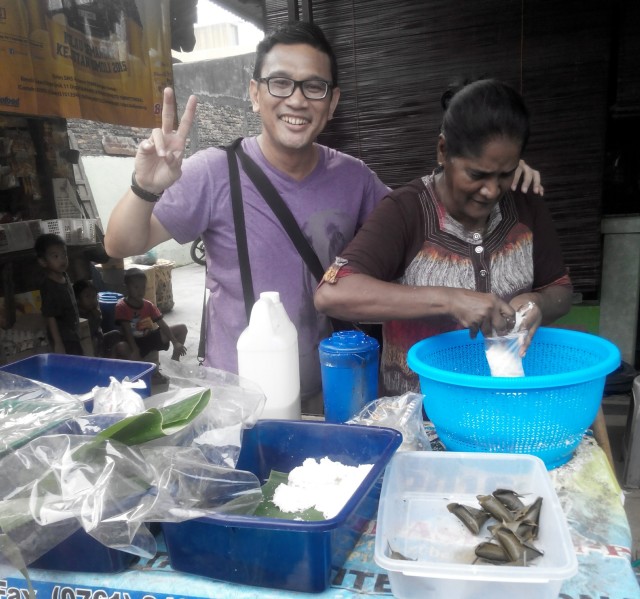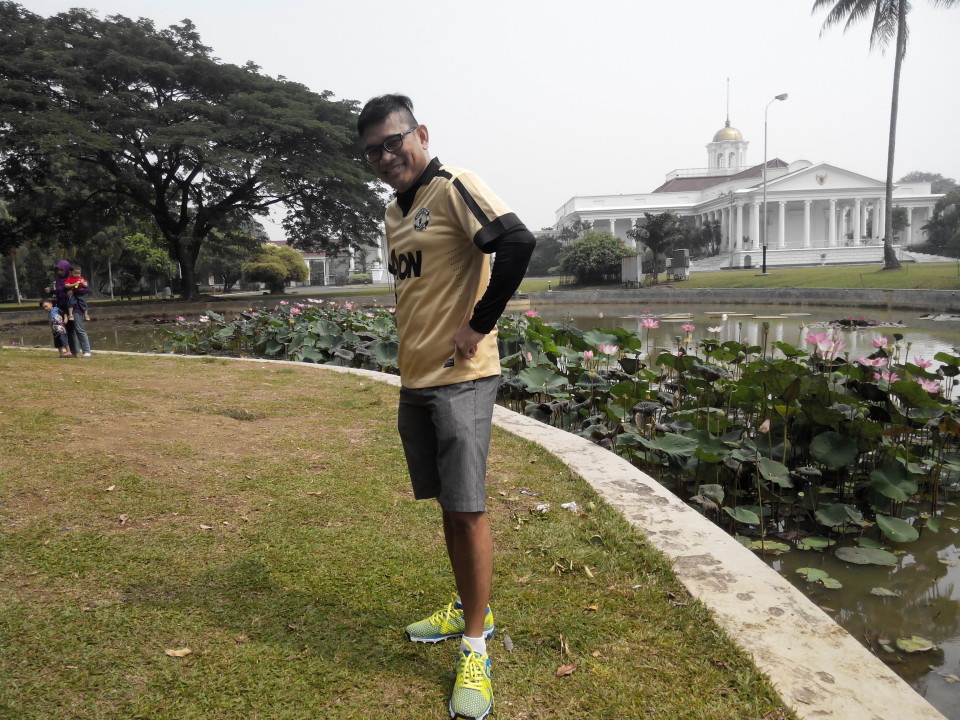Tamil, North Sumatera and Karonese
Deli Land (East Sumatera) used to be called as “ Het Dollar Land”, growth rapidly since mid 19 century, as the growth of plantation industry (originally a tobacco plantation) which was pioneered by Jacobus Nienhys since 1863. Workers from China, India, and Java land was imported in large quantities by entrepreneurs plantations to meet the needs of the workforce.
Studies of foreign immigrants such as Chinese, Indian, and Arabic which also has lived in the city of Medan so far not get a lot attention from scientists. Specifically about India, there had been writing from A. Mani (1980) who tried to paint a picture of Indian migrants in North Sumatra, as part of the
article published in Indian Communities in Southeast Asia (KS Shandu & A. Mani 1980).
The Coming to North Sumatera
The Tamil nation heritage trail already exist in North Sumatra since the stone age proved by the discovery of a script stone in Old Lobu (Barus) in 1873 and a brief note in Madras Epigraphy Report1891-1892 by E. Hultzsch. However, The script stone was found in a state that has been broken and divided into two but the part of the text is still readable that the inscription was framed year 1010 saka (1088 AD) and recorded as a gift of by people called “one thousand five hundred”. Then in the 11th century AD Tamil language has been used in Sumatra (Guillot 2002: 17).
(SIHOMBING 2010: 1) explains that: “The entry of South India who brought Buddhism to Sumatra and introduces the Nagari script that became the origin of the script of ancient Malay, Batak, and others. Probably the Tamil community has been participating in the mobility. The arrivals of Tamil community in big numbers was brought by the Dutch East Indies via the trading business of the VOC (Verenigde Oost Indische Companie) on 20 March 1602 to 31 December 1799.
Tamils in Karo Land
Brahma Putro in Takari (2013: 6) regarding the arrival of the Indian clan Tamil in the 14th century by a sage named Megit of Brahmans, came from India using a sailboat and landed on the coast of Sumatra, East or West Coast of North Sumatra, in Talun Kaban (now Kabanjahe Karo) , Resi Megit Hindu Brahmin develop Sect teachings of Maharishi Brgu Shiva. Then Resi Brahmin marrying a girl from the locals, Bru Purba. From the marriage they had three children, The male named Si Mecu and Si Mbaru, the female named Si Mbulan. They become the ancestor of Sembiring clan, Sembiring has three sub clans, Maha, Meliala, Brahmana and Depari. Other Karo clans heritaged from Tamil are Sinulingga, Pandia, Colia, Capah, until today physically Karoness and Tamil have a lot similarity.
Traditional ceremonies of Karonese such as “Kualuh” (sweep the ashes in the river) remnants of the Tamil ethnic beliefs (Ray, 2008).
Author is a Karonese, whom mother is Sembiring Meliala Clan.




